Seek knowledge, even unto China. I grew up with this edict, words spoken by the Prophet Muhammad a long time ago in the 7th century. I loved the idea – not only because of China’s geographic distance and the arduous challenge of setting foot on its shores, or the wisdom of celebrating China’s achievements in literature, philosophy, government, medicine, paper making (and what it meant for writing and publishing) and much more, but also because I admire the push, the urge to expand one’s horizons, to go forth and meet the unknown, and be transformed by it. Well, here I am, finally. Can’t wait to get started 🙂
Category: self-authored
our xmas tree 2017
our tree this year. decorated to christmas music, at my daughter’s insistence. she a great xmas enthusiast!

my daughter’s gifts
for my birthday this year, my daughter got me all these wonderful presents, assembled from half a dozen separate stores that she visited in between school tests and work shifts at the village bakery, little treasures that i love or need. look at the books! she was telling me the other day how, while studying AP economics, it dawned on her that it’s nothing more than capitalist theology. such a proud moment for me 🙂

hanukkah party at my friend’s house
delicious latkes, sufganiyot, cookies, hanukkah songs, and the lighting of one more candle on the menorah. great gupshup with friends too. thx for ur warmth and hospitality dear drorah. was so focused on the food and company that i forgot to take pictures 🙂
Some thoughts on women as nurturers
Last Saturday, I had the honor to be surrounded by brilliant women of color in a discussion on race, gender and intersectionality. The event, organized by Rachel Y. DeGuzman, was called And, Ain’t I a Woman: A Long Table Conversation/Installation.
In the course of the conversation, Annette Ramos made an important point about not devaluing motherhood, about the skills that a woman brings to society by virtue of being a mother. I wanted to build on that and mentioned Helene Cixous who wrote that women possess the gift of alterability. On account of being mothers, women have a natural ability to nourish, nurture, erase separation, and rewrite codes.
Later this premise was questioned by a queer white sister who asked why nurturing should be a feminine trait? Why shouldn’t men be nurturers? I couldn’t agree more. Hopefully, all human beings can be nurturers. However, I wanted to think more about this.
Saying that women have a propensity for nourishing and nurturing, doesn’t mean that all nurturers are exclusively women. In a gender-equitable world, perhaps all traits and experiences can become unmoored from gender but even then it would be a violence to erase gender history.
In our present world, there are irrevocable gender hierarchies that become further intensified and distorted by race, class, age, sexual orientation, and disability. The work of women is not only devalued but unpaid. It’s not a coincidence that it’s not economically quantified or part of a country’s GDP.
Most women who make it in our androcentric world, have to subscribe to a masculine ethos, a macho modus operandi. This is particularly true of women in politics. Look at Hillary Clinton’s push for war in Libya, Thatcher’s bashing of coal miners and unions and her ban on milk exports to Vietnam (after the American invasion), Madeleine Albright’s famous comment that the deaths of half a million Iraqi children were worth it as she continued to support harsh economic sanctions against Iraq, Condoleeza Rice’s role in an administration that launched a genocidal war and practiced torture, Indira Gandhi’s 1975 declaration of a state emergency and her forced-sterilization campaign. The list goes on.
In a world where masculinity is seen as universal and femininity considered a deviance, it makes sense to honor and name what women can bring to the table. After all, according to Cixous, language reflects masculine hegemony. Women are the colonized, men the imperialists. This apartheid is imbedded in language. One way to reclaim femininity from this subordinate assignation is to name what women have done beautifully since the beginning of time: given and nurtured life. It’s not the only thing women have done but isn’t it important to acknowledge it at a time when this role is regularly discounted, debased, and turned into an unwanted cost and liability?
Shooting a new film about racism
For the new film about racism in America, we’ve been interviewing these spectacular, vibrant, gorgeous women of color who have the most forward-looking, sophisticated ideas and should be leading our community. More pictures will be coming soon, but this is a shot from today’s interview with Liz Nicolas, taken by the amazing Rajesh Barnabas.

Denzel Washington And Viola Davis On Adapting ‘Fences’ And Honoring August Wilson
finally watched “fences” last night and loved the film. viola davis and denzel washington are both absolutely stunning but what really got me were the words. august wilson has famously said: “blues is the bedrock of everything i do” and so i like how jake coyle reviewed the film:
The blues music of “Fences” sings with a ferocious beauty in Denzel Washington’s long-in-coming adaptation of August Wilson’s masterpiece of African-American survival and sorrow. Transfers from stage to screen often serve up only a pale reflection of the electric, live-wire theater experience. But Washington, in his good sense, has neither strained to make August’s Pulitzer Prize-winning play particularly cinematic nor to “open it up” much from the confines of the staged settings. What we have, instead, is a meat-and-potatoes drama, delivered with full-bodied, powerhouse performances and an attuned ear to the bebop rhythms of Wilson’s dense, musical dialogue.
denzel washington has signed a deal with HBO to translate the remaining 9 plays into film. what a treat that will be. listen here.
Meeting Edith in Charlotte
What a treat to meet the beautiful Edith Garwood here in Charlotte this morning! We talked about her work at Amnesty International and my documentary work and a million other things besides. So lovely to have an activist friend I can visit with in NC 🙂

remembering my father in law
sitting down with family in charlotte, nc, looking at old family pictures. these are photographs of my father in law, muiz uddin ahmed, who left us way too soon, along with letters he wrote to his father maulana salahuddin ahmed. they’re dated 1954-7.

home!
back home in rochester! on my way to easton, PA, i saw such gorgeous trees. at this time of year, they have lost most of their leaves so their sculptural elegance becomes more striking. what leaves are left dot their branches with such delicate sparseness and resolution that i couldn’t quite find the words to describe their overall effect. paintings by raoul dufy come closest to expressing what i want to say. here are two studies for the paddock at deauville, 1930-3.

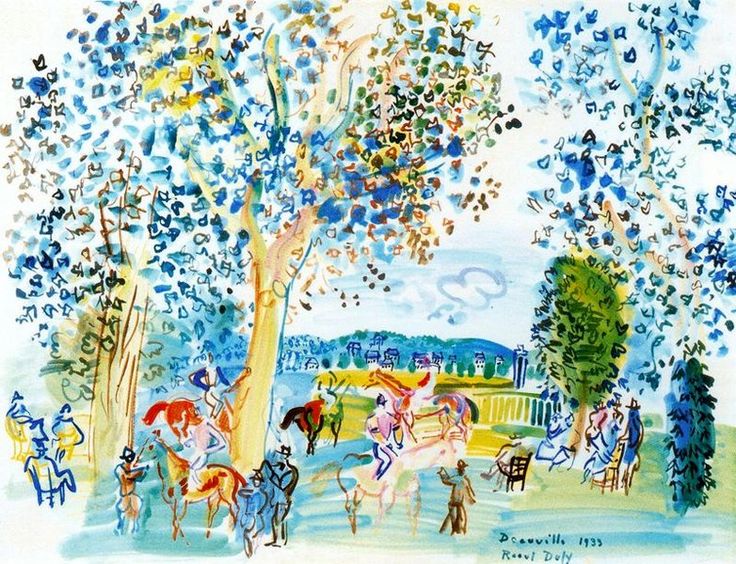
Lecture and Screening at Lafayette College
Such a busy day today. Breakfast at Lafayette Inn, followed by a presentation about my work to a class studying the Partition of the Indian Subcontinent at Lafayette College. Lunch with Lafayette profs Hafsa Kanjwal and Nandini Sikand. Later at 5pm, dinner with Hafsa, Rebekah Pite, and their v lively, v bright students at El Chasqui Peruvian and Colombian Restaurant. Finally, a screening of A Thin Wall at Landis Cinema, Buck Hall, at 7pm, and then an engaging conversation with the audience. My stay in Easton, PA, has been beautifully organized, fun, and productive. Thank u for all of it Hafsa Kanjwal!


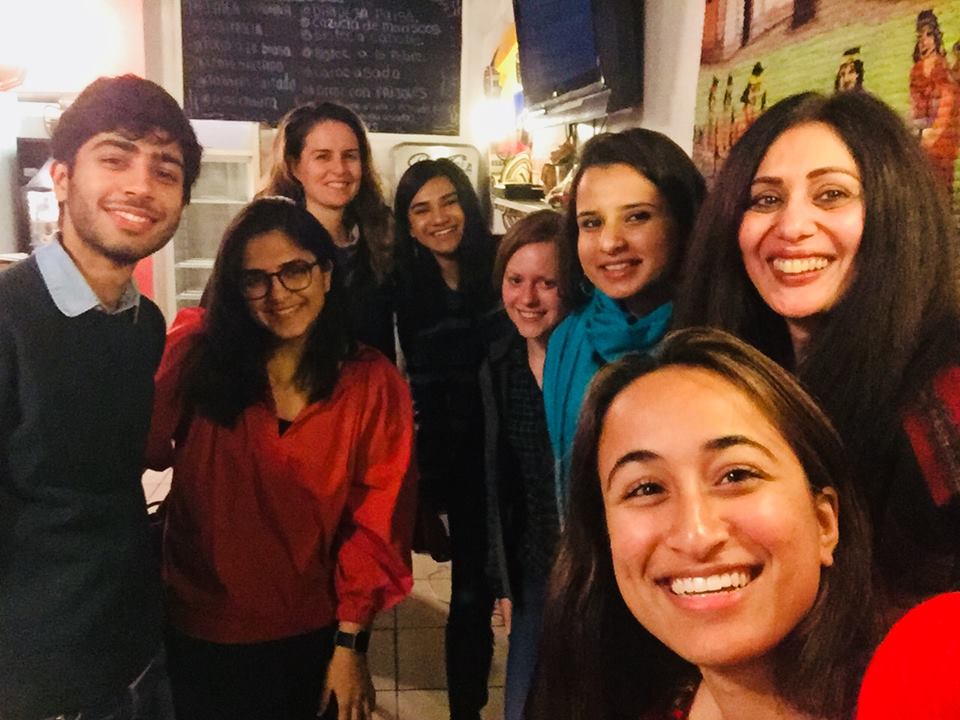
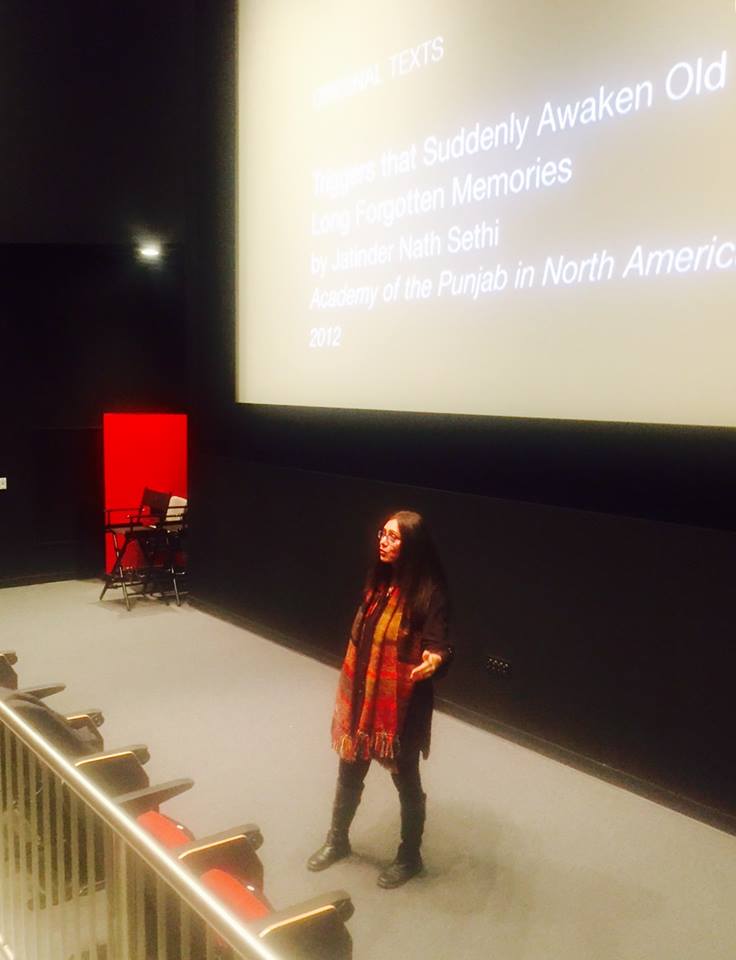
in newtown PA
non-stop fun and gupshup with my cousin in newtown on saturday night and sunday morning, before driving to lafayette inn and getting ready for a lecture and screening, tomorrow at lafayette college.
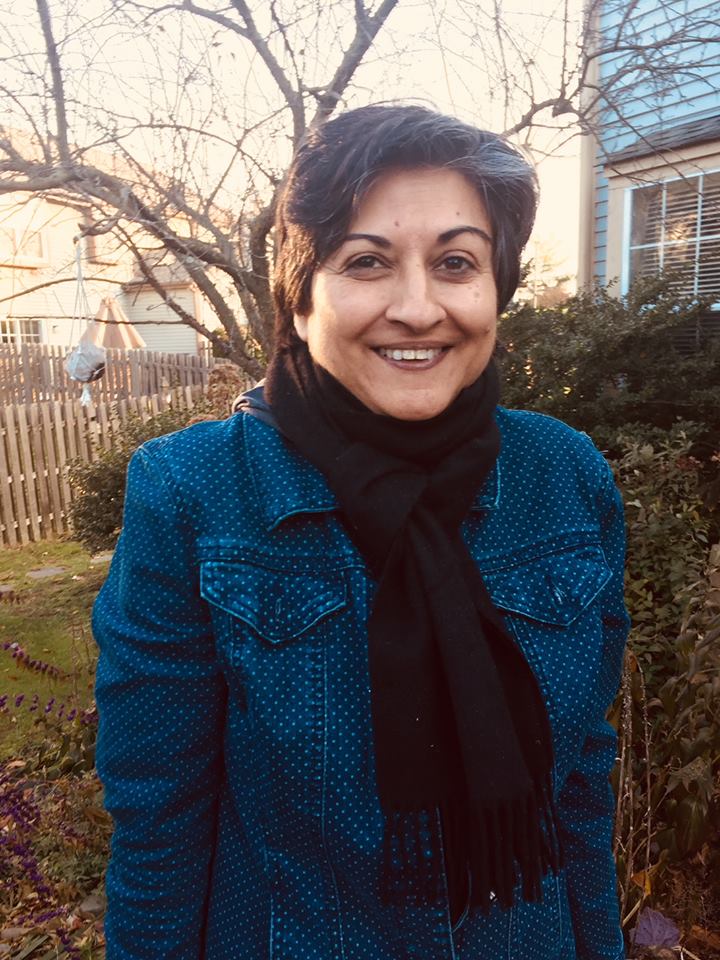
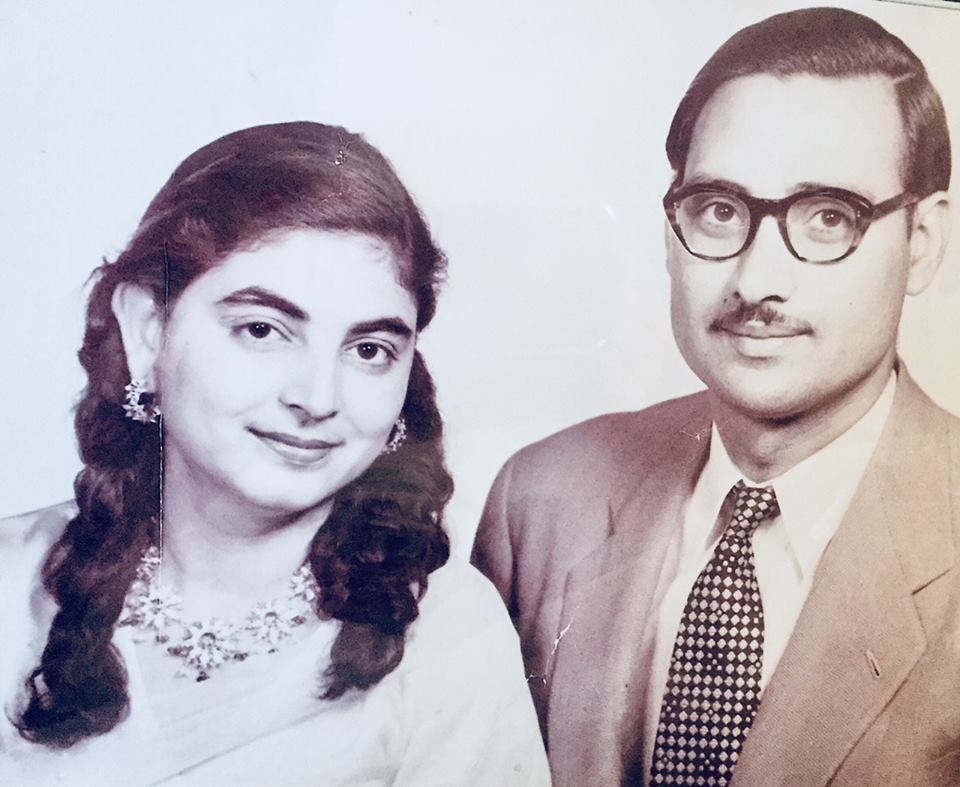

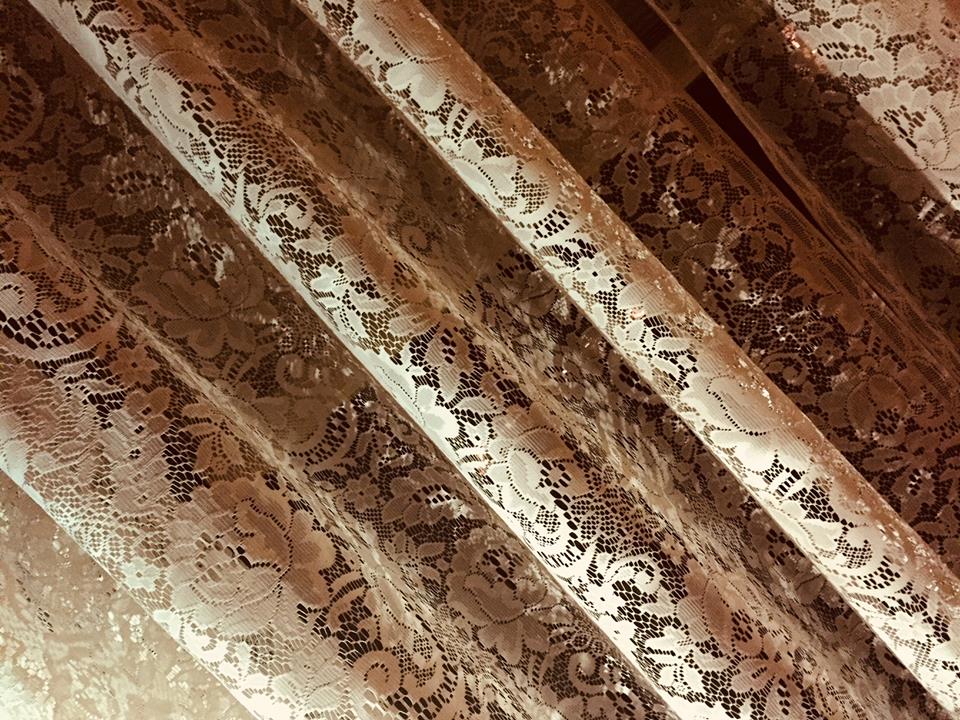
Tapestries – Voices Within Contemporary Muslim Cultures
Leaving for PA tomorrow morning. A Thin Wall is going to be part of TAPESTRIES – Voices Within Contemporary Muslim Cultures on November 13, 2017.
Tapestries is made possible in part by a grant from the Association of Performing Arts Professionals, Building Bridges: Arts, Culture, and Identity, a component of the Doris Duke Charitable Foundation and Doris Duke Foundation for Islamic Art.
Art and film at UConn
Yesterday after a lecture about my art, activism and filmmaking, I had a rousing discussion with Kathryn’s art class. A Pakistani American student in particular asked tons of questions and made brilliant remarks, especially about her identity as a Muslim American and what it’s like to occupy the “spaces in between” – something I touched upon in my talk on borders and the polarity they produce.
Today I got to spend time with Shadia Heenan in her light-filled studio. She showed me her multimedia work which explores identity, her experience of Islam, and multiculturalism. She made us some real chai (with cardamom and evaporated milk) and we sat outside in the sun and chatted at length. I expect great things from her.
Finally, we screened A Thin Wall at 4pm. It was part of the ART+HUMAN RIGHTS film series at UConn and was followed by an interview with Kathryn who, as an artist and filmmaker herself, asked extremely nuanced and thoughtful questions. They are so insightful that I’ll post them on the film’s website. What a lovely time I’ve had in Connecticut 🙂






The Agitators at Geva
Last Thursday I went to see “The Agitators” at Geva Theatre Center. It’s a play about the “enduring but tempestuous friendship of Susan B. Anthony and Frederick Douglass.”
Two actors, minimal/slick set design, and some good music. It was a full house, as expected, but I have to be honest and say I was disappointed. I found the script, by Mat Smart, to be too facile, too flat, too “glib” as one of my friends said.
The play was a crowd pleaser to be sure – it had humor and some good dialogue, especially when Anthony and Douglass slugged it out – first on the subject of the 15th amendment which was passed in 1870 (why should Black men get the vote before women?) and then on the issue of segregation within the Suffrage Movement (Black women were excluded from conventions in Southern cities such as Atlanta as well as from the 1913 parade in Washington, DC). The 19th amendment, which guaranteed all American women the right to vote, was finally passed in 1920.
During the first act, I felt like Frederick Douglass played a supporting role to the formidable Susan B. Anthony. She was the one who challenged and chided and got most of the laughs. To me Douglass has always been a towering figure, physically, intellectually, and in terms of presence and charisma. It’s incomprehensible to me that he was born into the savagery of slavery, that he not only managed to escape but was able to build from scratch immense moral and mental capital. Sadly I didn’t feel this power in the way Douglass is written. Perhaps if the script had been populated by other characters, not just two icons, there could have been a frame of reference, something to anchor but also project these historical giants in all their vivid peculiarities and complexity.
Complexity is what was missing from the play. It needed more research, more meat, a better sense of how Anthony and Douglass spoke back in the day, how they interacted with friends, how they moved and gestured, and created discomfort around them.
Although this is a great celebration of Rochester’s history, what about the inconvenient reality of what Rochester is today? Number 1 in poverty and number 4 in childhood poverty in America. What would Douglass and Anthony say about that? This could have been an interesting frame for us to explore our past. And perhaps this is why the smooth, lightweight easiness of the play sticks out like a sore thumb.
My friends and I looked around the audience. There were hardly any people of color present. One could count them on the fingers of one hand. There were no young people. It might have had something to do with the fact that tickets were, for the most part, in the $50 to $70 range and that Rochester is painfully segregated, along racial/economic lines. What an irony to produce a play about Frederick Douglass, in the city where he did some of his most important work, and exclude the vast majority of those he fought for, those who know him best?
During the Fringe Festival I was lucky to attend “Anatomy of a Black Man” by Anderson Allen and Shaquille Payne. It was anything but slick or even, it was down to earth and abrasive and real. It had substance, it had heart. This is the kind of material I’d like to see Geva pick up and Logan Vaughn direct. Let’s say it like it is. We owe it to Douglass and Anthony’s legacy.

